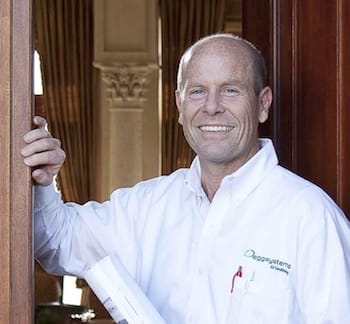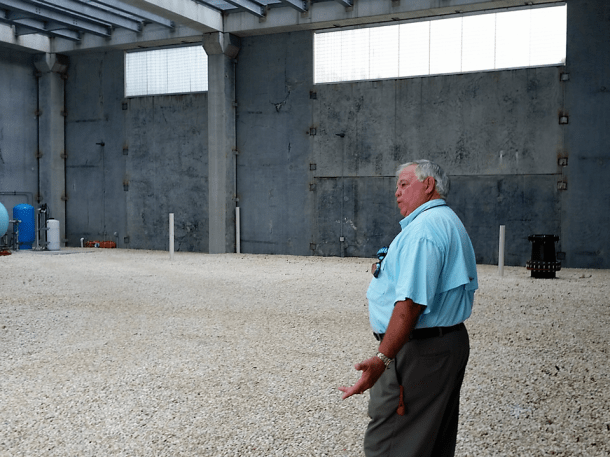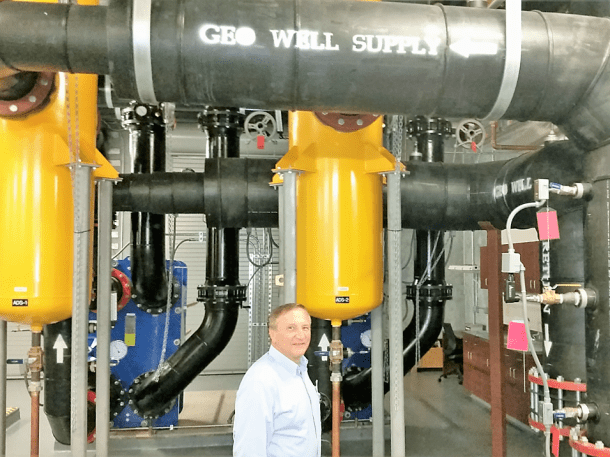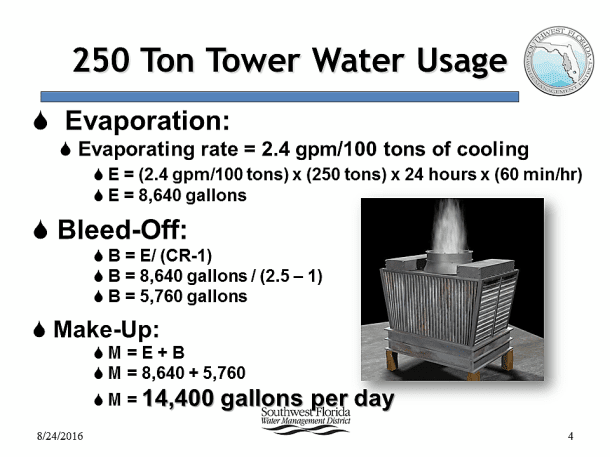
I recently hosted an official from the Philippines on a tour of some geothermal projects in Florida. The Philippines have new leadership, and President Duterte is tough on a lot of things, and going green is on his agenda. As it turns out, they’re building a new green city near the Clark international Airport, outside Manilla, and one of the things that “must go” is cooling towers.
The newly appointed Department of Environment and Natural Resources (DENR) secretary, Gina Lopez has had a close call with storm related destruction of outdoor equipment. Her family’s business was nearly ruined due to a storm event in 2013 that took out the cooling towers used for operation. Closer to home, the New York Times reported after Hurricane Sandy that “Geothermal Systems Arise as a Storm Proof Resource”
I’ll call my friend from the Philippines, “Ted”. Ted’s purposes were fairly simple; see if geothermal cooling can help to eliminate cooling tower and outdoor equipment for the Philippines. The new administration is determined to be sustainable and reduce greenhouse gas (GHG) emissions while strengthening infrastructure and resiliency.
Though geothermal heat pumps and chiller plants have unbeatable energy efficiency, that’s not necessarily the reason they’re specified on many projects, overall. Usually it’s for storm-proofing, water conservation, longevity, or a combination of the three. Any one of these reasons alone would be enough to get some serious attention, but all three make for an incontrovertible argument for geothermal, never mind the energy efficiency.
A case in point is the Pinellas County Emergency Operations Center in the heart of Pinellas County, Florida. During our visit there, my guest, Ted was impressed at the sheer size of the geothermal sourced chiller plant, and even more amazed by the now empty hurricane hardened cooling tower enclosure. During our time at the facility, Ted got to ask the plant engineers all the questions he wished about the four year old facility. He was impressed by the size and scope of the $84 Million building and its category 5 wind ratings.
The most labor intensive part of a large HVAC system is often the cooling tower, requiring monthly maintenance, chemical treatment, and consuming thousands of gallons of fresh water per day. Many chillers and heat pumps out-last their cooling towers by a margin of 2 to 1. The water savings can be remarkable; according the Florida water management folks, a 250 ton cooling tower uses about 15,000 of water on a summer day, enough fresh water to fill a good sized back yard swimming pool.
As we observe the effects of drought conditions in parts of the country, consider that the water that could be saved by switching commercial cooling towers over to geothermal in the US would provide all of the household water needs for the residents of California and Georgia combined; about 2 trillion gallons per year.
 Jay Egg is a geothermal consultant, writer, and the owner of EggGeothermal. He has co-authored two textbooks on geothermal HVAC systems published by McGraw-Hill Professional. He can be reached at jayegg.geo@gmail.com.
Jay Egg is a geothermal consultant, writer, and the owner of EggGeothermal. He has co-authored two textbooks on geothermal HVAC systems published by McGraw-Hill Professional. He can be reached at jayegg.geo@gmail.com.







Join the conversation: